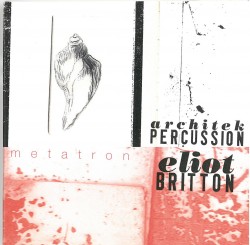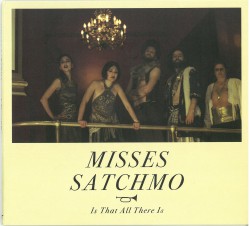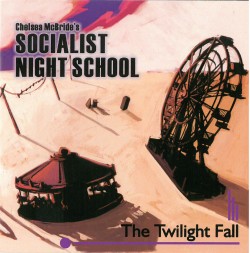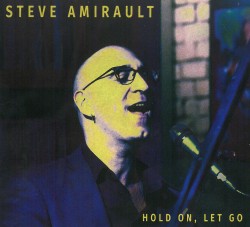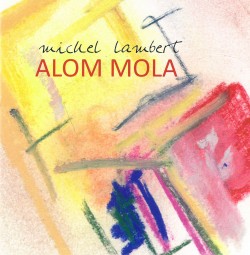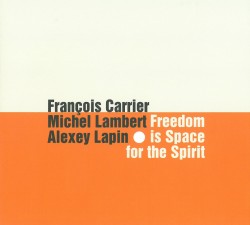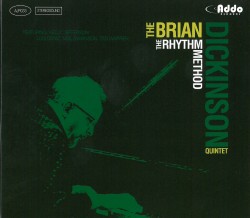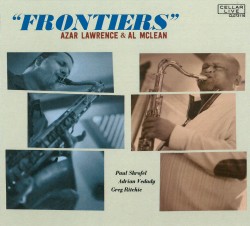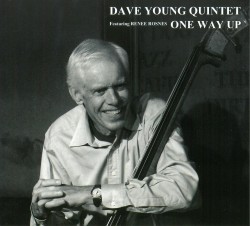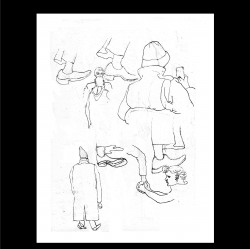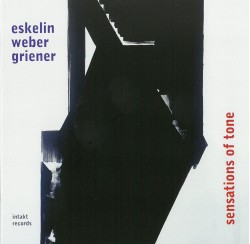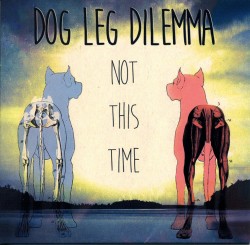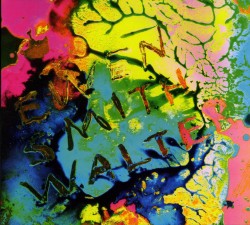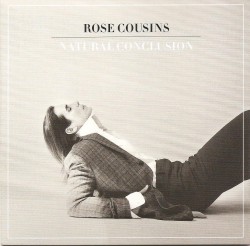György and Márta Kurtág play Kurtág - György Kurtág; Márta Kurtág
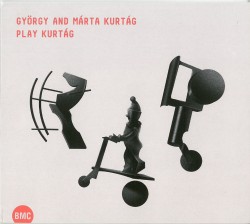 György and Márta Kurtág play Kurtág
György and Márta Kurtág play Kurtág
György Kurtág; Márta Kurtág
BMC Records CD 233 (bmcrecords.hu)
In February 2016 the city of Budapest celebrated György Kurtág’s 90th birthday with something few living composers receive: an eight-day festival. The internationally renowned Hungarian composer is also a pianist, who for decades served as an influential professor of piano and later of chamber music at the Franz Liszt Academy of Music. Márta, his wife of over 65 years, is also a pianist, and they have performed and recorded together for almost as long.
Of the 43 pieces/tracks on the CD, 39 are from the composer’s Játékok (Games). Begun in 1973, Játékok is an ever-growing extensive collection of aphoristic solo and duo piano “pedagogical performance pieces.” Presently numbering eight volumes, they mark significant stages in the development of Kurtág’s oeuvre.
Kurtág explains his initial motivation for the Játékok series was “suggested by children playing spontaneously…for whom the piano still means a toy.…They pile up seemingly disconnected sounds, and if this happens to arouse their musical instinct they look consciously for some of the harmonies found by chance and keep repeating them.”
This disc presents previously unreleased live concert recordings as well as those made by the Kurtágs for Hungarian Radio over a period of 23 years. Performed close to the date they were composed, they preserve the composer’s germinal vision for the works, many of which are meant as miniature memorials for friends or musicians. Here is one of the paradoxes of these works: the remarkable power of a sonic fragment to suggest vast space or timelessness.
Not simply a series of dry pedagogic piano exercises, Játékok explores Kurtag’s signature sound world marked by concentration and sonic intensity hand in hand with the exploration of a very wide range of human experience. It’s a world in turns playful and intellectually exploratory, evoking flowers as much as death and tears. This is music which richly rewards repeated visits.


